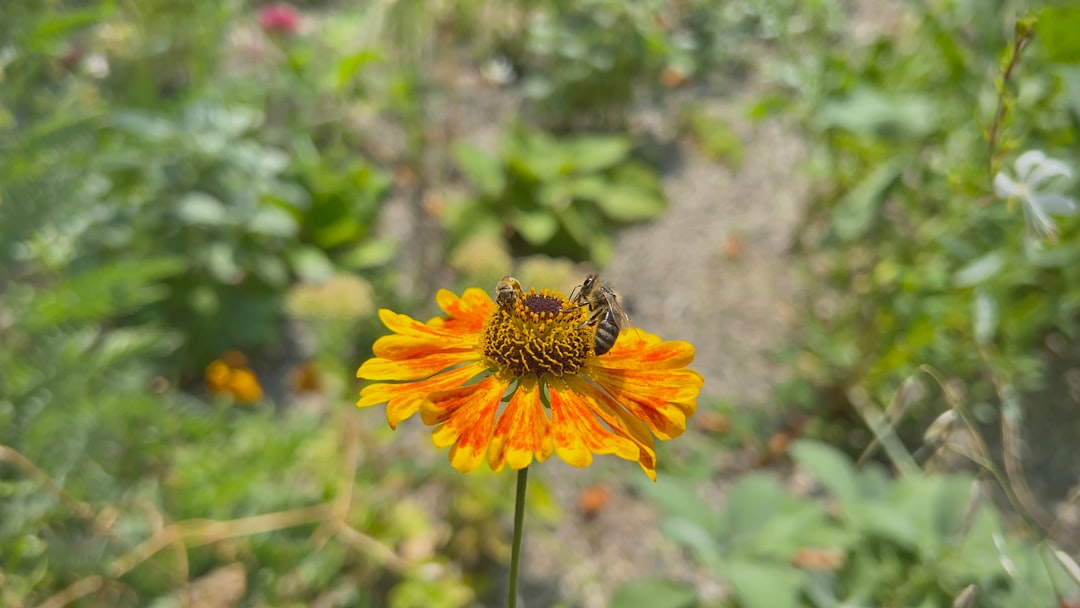The Secret to Endless Blooms of Moth Orchids

Houseplants have become an integral part of many people's lives, adding a touch of nature and beauty to our indoor spaces. Among the numerous houseplants, moth orchids stand out with their elegant and delicate blooms. However, many plant owners often face the disappointment of seeing their moth orchids stop blooming and are tempted to toss them away. But fear not! With a few simple tricks, you can make your air plant, like the moth orchid, bloom again and again.
First and foremost, understanding the basic needs of moth orchids is crucial. These plants are native to tropical regions, which means they thrive in warm and humid environments. To mimic their natural habitat, you should place your moth orchid in a location where it can receive bright, indirect light. Direct sunlight can be too harsh and may damage the leaves and flowers. A north - facing window or a spot a few feet away from a south - facing window is usually ideal.
Watering is another key aspect of caring for moth orchids. Unlike some other houseplants, they don't like to sit in waterlogged soil. A good rule of thumb is to water them once a week during the growing season and reduce the frequency in the winter. When watering, make sure to soak the potting medium thoroughly and then let the excess water drain out completely. You can use room - temperature water to avoid shocking the plant. Additionally, you can increase the humidity around the orchid by placing a tray of water near it or using a humidifier.
Fertilizing is essential for the healthy growth and blooming of moth orchids. You should use a balanced orchid fertilizer, which is formulated specifically for these plants. During the growing season, fertilize your orchid every two weeks. However, be careful not to over - fertilize, as this can lead to salt build - up in the soil and damage the roots. Follow the instructions on the fertilizer package carefully.
Pruning also plays an important role in encouraging re - blooming. Once the flowers on your moth orchid have faded, you can cut the stem just above a node. This will stimulate the plant to produce new growth and potentially new flower spikes. Make sure to use sharp and clean pruning shears to prevent the spread of diseases.
Repotting is something that should be done every one to two years. Moth orchids grow in a special potting medium, such as bark chips or sphagnum moss. Over time, this medium breaks down and loses its ability to provide proper drainage and aeration. When repotting, choose a pot that is only slightly larger than the current one and gently remove the plant from its old pot. Trim any dead or damaged roots and place the orchid in the new pot with fresh potting medium.
Another important factor is temperature. Moth orchids prefer a temperature range of 60 - 80°F (15 - 27°C) during the day and a slightly cooler temperature at night. A drop in temperature at night can actually trigger the formation of flower buds. Avoid placing your orchid near drafty windows or air vents, as sudden temperature changes can stress the plant.
In conclusion, with a little patience and the right care, your moth orchid can be a long - lasting and beautiful addition to your indoor garden. By providing the right amount of light, water, fertilizer, and taking care of pruning and repotting, you can enjoy the stunning blooms of your moth orchid again and again. So, don't toss those moth orchids just yet. Give them a chance to thrive and bring continuous beauty to your home.